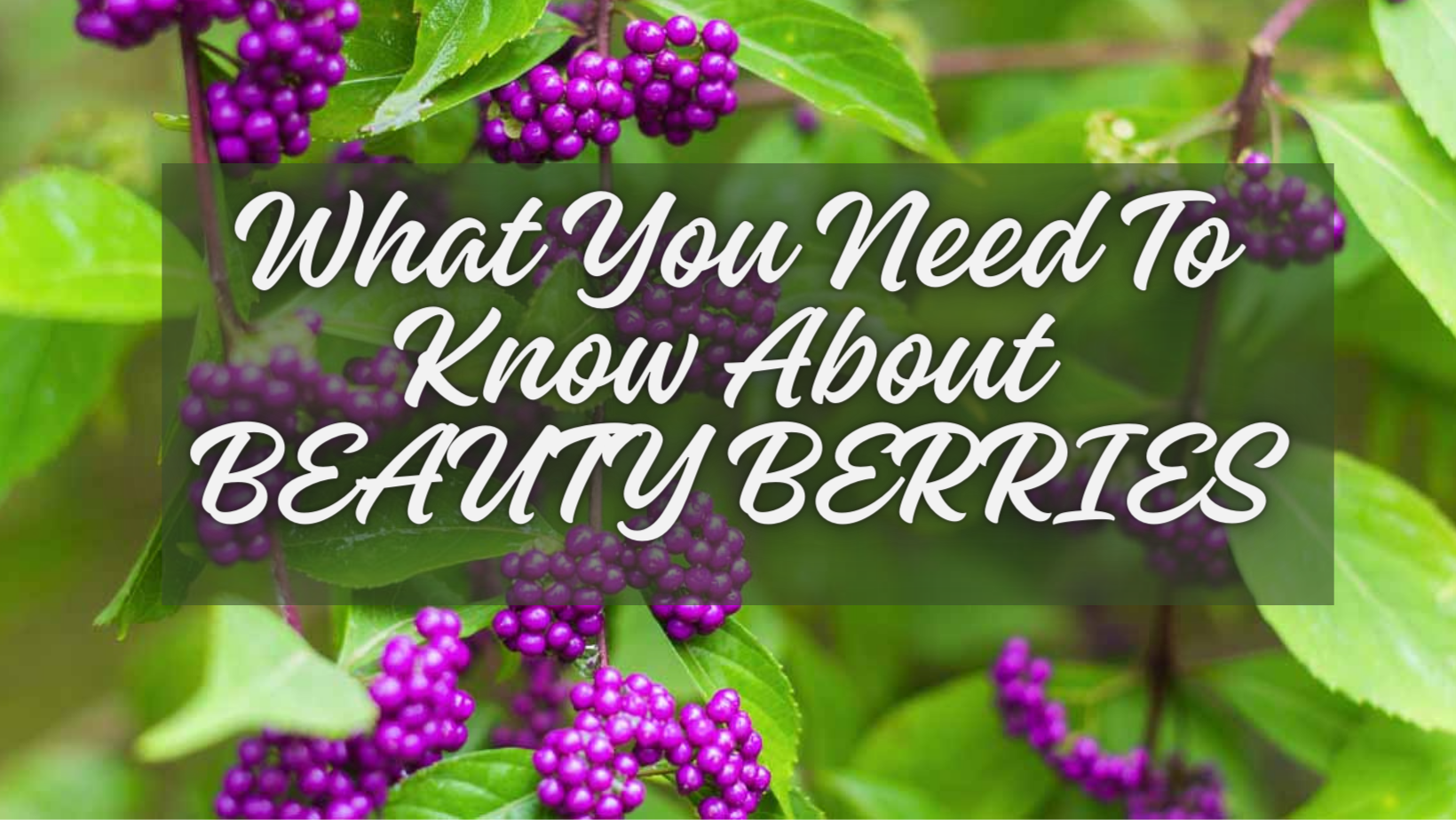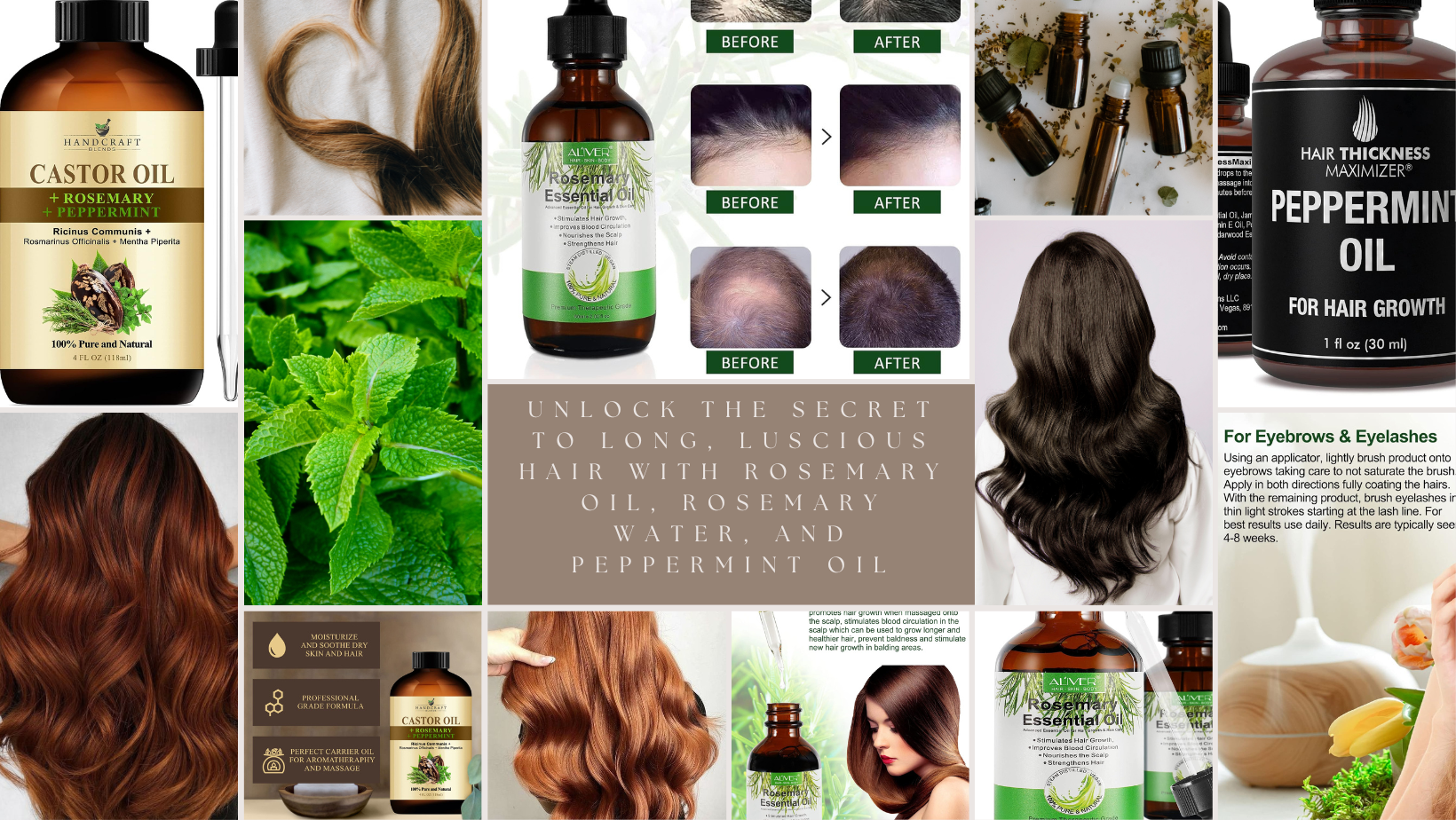Exploring Beauty Berries: Origins, Cultivation, Edibility, Toxicity, and Benefits
Nature is brimming with enchanting flora that captures our imagination, and one such example is the captivating Beauty Berry. These vividly colored berries, known for their ornamental appeal and potential benefits, have piqued the curiosity of both horticulturists and nature enthusiasts alike. In this blog post, we will delve into the origins, cultivation methods, edibility, toxicity, and potential benefits of Beauty Berries.
Origin and Distribution
Beauty Berries, scientifically known as Callicarpa, are a genus of shrubs primarily native to the southeastern United States and parts of Central and South America. The name "Callicarpa" is derived from the Greek words "kallos," meaning beauty, and "karpos," meaning fruit, perfectly encapsulating the stunning appearance of the berries.
Cultivation
- Growing Beauty Berries: Beauty Berries are relatively easy to cultivate and maintain. They thrive in well-drained soil and prefer a sunny or partially shaded location. They can be propagated from seeds, cuttings, or by division. These deciduous shrubs require regular pruning to maintain their shape and encourage optimal berry production.
- Maintenance: Regular pruning should focus on removing dead or weak branches and shaping the plant. Additionally, mulching around the base of the plant helps retain soil moisture, especially during dry spells.
Can you eat beauty berries?
Beauty Berries are non-toxic and are not harmful to humans. While they are not typically considered a food source due to their astringent taste and lack of culinary appeal, they are not poisonous. In fact, some individuals use Beauty Berries to make jellies, teas, or garnishes for desserts. However, their tartness might limit their use as a primary food source.
Are beauty berries toxic for Dogs?
Beauty Berries are not considered highly toxic to dogs, but consuming them in significant quantities can lead to mild gastrointestinal distress, including vomiting and diarrhea. It is advisable to prevent your pets from munching on these berries, and if you suspect ingestion, consult a veterinarian promptly.
Habitat and Distribution
Beauty Berry shrubs can be found in a variety of habitats, including woodlands, open fields, and along the edges of forests. They are often cultivated as ornamental plants in gardens and landscapes. In their natural habitat, they are commonly found in the southeastern United States, with species like Callicarpa americana (American Beauty Berry) and Callicarpa dichotoma (Purple Beauty Berry) being popular variants.
Potential Benefits
- Ornamental Value: One of the primary reasons for cultivating Beauty Berries is their aesthetic appeal. The vibrant, long-lasting berries add a splash of color to your garden throughout the autumn season.
- Traditional Medicinal Uses: Some indigenous communities in the southeastern United States have used Beauty Berries for their purported medicinal properties. These include remedies for insect bites and as an insect repellent.
- Wildlife Attraction: Beauty Berries are a valuable resource for wildlife. Birds, including mockingbirds, cardinals, and finches, feed on the berries. Additionally, the shrubs provide shelter and nesting sites for various bird species.
Beauty Berries are a captivating addition to any garden, not only for their striking appearance but also for their potential benefits in traditional medicine and wildlife conservation. While not typically consumed by humans due to their tartness, they are non-toxic and safe in moderate quantities. However, it's crucial to exercise caution with pets as excessive consumption can lead to minor gastrointestinal issues in dogs. Whether you choose to cultivate Beauty Berries for their visual allure, ecological benefits, or potential medicinal uses, these enchanting shrubs have certainly earned their place in the natural world.





